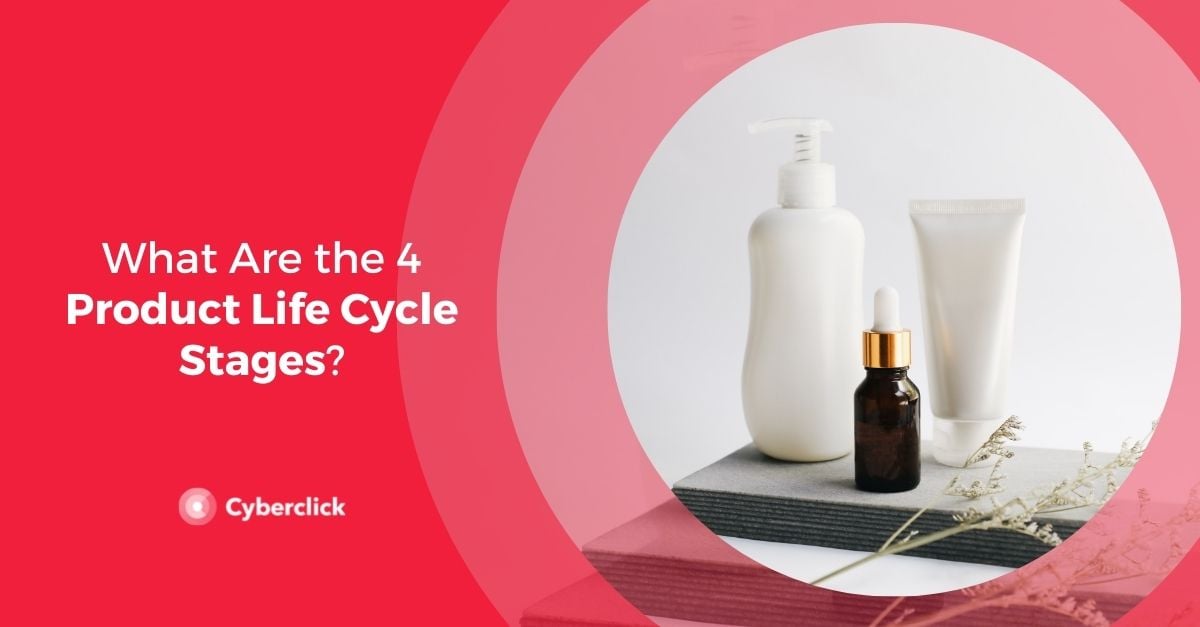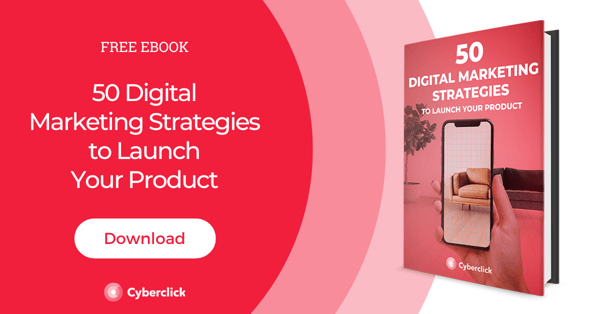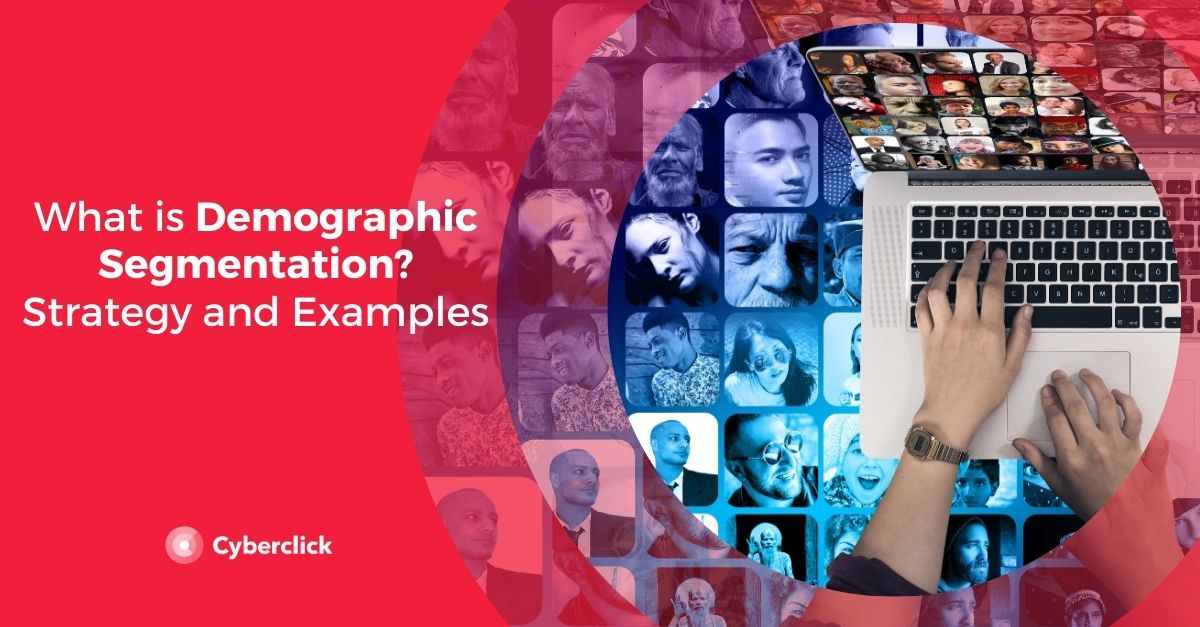Marketing is constantly changing, as consumers' needs and interests change. This means that all products offered by a company have a limited life and, from the moment of launch to the moment of withdrawal, they go through different stages. These stages are known as the product life cycle stages.

What Is the Product Life Cycle?
Every product that goes on the market has a life cycle of four stages that take place between product launch and product withdrawal. They are as follows:
-
Introduction
-
Growth
-
Maturity
-
Decline
Although all products have a life cycle, the time they spend in each stage tends to vary depending on the type of product. In other words, there is no specific time established for each stage.
Even popular and high-quality products can disappear if a better one comes along or if consumers no longer have a need for them. Although there may be exceptions, a company should try to keep the life cycle of a product as long as possible. Every brand must try to improve and innovate in order not to stagnate or decline.
It is very important for a company to know the life cycle of their product and the stage it is in, as this makes it much easier to design effective business strategies and to understand what are objectives to be achieved in the short and long term.
The 4+1 Stages of a Product's Life
Although the life cycle of a product has four stages, a fifth is often added. As mentioned above, the four stages are introduction, growth, maturity, and decline, and the fifth stage is known as demise.
1. Introduction
The introduction stage starts right at the moment when a product is launched on the market. This is a crucial moment since it is a novelty and consumers do not know anything about the product. This means that there is a high probability that sales will be low at the beginning, especially if the brand is not sufficiently well known.
The company should try to reach as many users as possible through marketing strategies, such as advertising. It is important to carry out a market study before launching the product. The information gathered can then be used to implement the marketing campaign and ensure that you reach the type of audience that would be interested in your product.
In this first phase, it is essential to guarantee the quality of your product, make sure that the price is reasonable and established according to the prices of your competitors, and that an effective distribution model is selected to get the product to the market to carry out promotional actions.
Growth
After the introduction comes to the growth phase. At this stage, there should be an increase in sales as a result of all the actions that have been carried out during the previous phase. The public should have become aware of your product thanks to the advertising efforts and the marketing strategies that have been implemented and has decided to trust the brand and buy.
Although the growth stage is mainly characterized by an increase in sales and the profitability of the product, it is also the time when competitors tend to try to improve their products. So in this phase, it is important to continue to create and implement marketing strategies to differentiate your brand from the competition and be a leader in the market.
It is very important to maintain both the quality and the price of your product. You could even add an extra service to entice customers to stick with you. In addition, it is very important to increase your distribution and try to expand your reach to gain new customers.
Maturity
The maturity stage is where the product stabilizes. This is the longest stage in the life cycle of a product, but also the most complicated since profits can begin to fall due to competitors and it can be difficult to maintain your position in the market.
In order to gain stability, features can be added to the product that makes it different from the competition and therefore more attractive. Prices can also be reduced, distribution channels revised, and promotions launched.
Decline
All products have a limited life, so there comes a time when they enter the decline phase. This stage is characterized by lower demand for the product and a sharp drop in sales. Normally the decline also affects the competition and is due to the fact that the public is no longer interested in the product, either because people have different needs or because there is a new product that addresses their needs in a much more efficient way. Another possible cause of a product's decline is that other similar products have appeared at a much lower price.
When this point is reached, there are two options. You can renew the product or withdraw it. The decision must be made on the basis of the needs of the public, so a market study will probably have to be made beforehand.
Disappearance
If the public no longer has a need and it is not feasible to make improvements or relaunch the product, then you are at the disappearance stage. When this stage is reached, the product is withdrawn from the market and it is time to focus on new products that may be more interesting, necessary, and attractive to the public.
This fifth stage is not always mentioned and is considered part of the previous one. However, it is becoming increasingly common to make this distinction.
All products go through these stages and all have a limited life. The withdrawal of a product should not be translated as the end of a brand or a failure, quite the opposite. The disappearance of one product should give way to the birth of another.
Inbound Marketing Strategist en Cyberclick. Graduada en Publicidad y Relaciones Públicas por la UPF. Responsable de la estrategia de inbound marketing, creación de contenidos digitales y posicionamiento web. Gestión del CRM con la herramienta HubSpot.
Inbound Marketing Strategist at Cyberclick. Helena holds a degree in Advertising and Public Relations from UPF. She specializes in inbound marketing campaigns, digital content creation and web positioning, with experience in CRM management and HubSpot.






Leave your comment and join the conversation